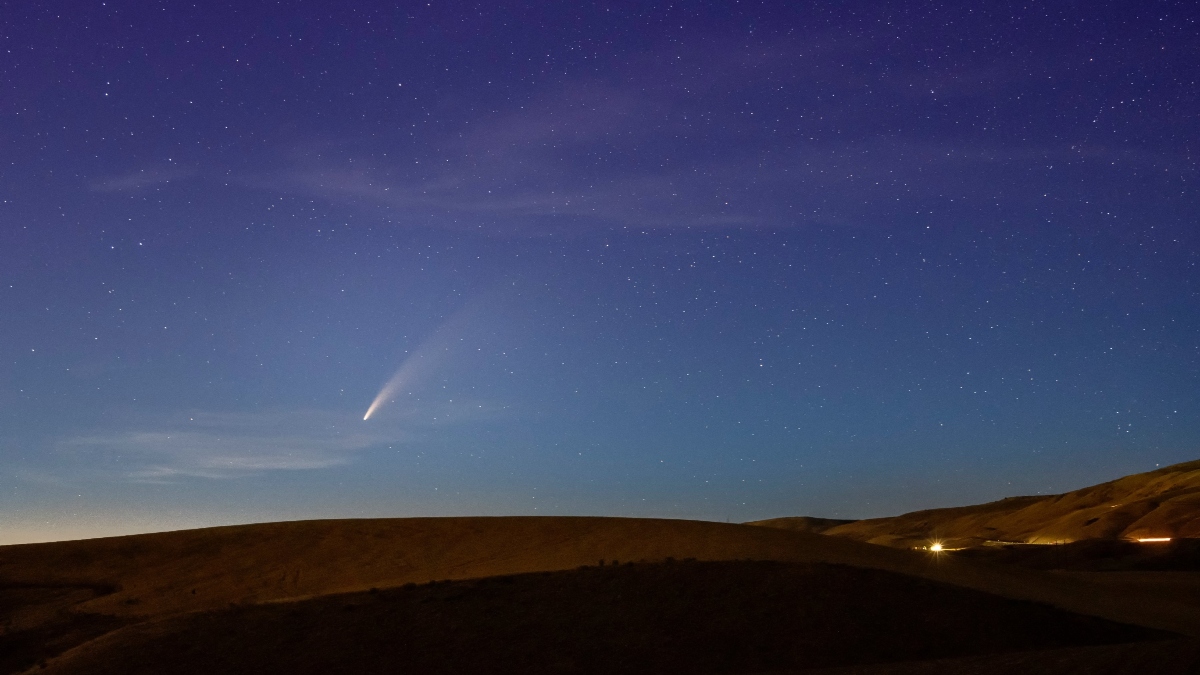Sky enthusiasts in the UAE are in for a double treat this month as the Taurids meteor shower, often referred to as the “Halloween fireball,” is set to peak on November 6 and November 13. The event offers a chance to witness the beauty of the cosmos on two separate occasions.
The Taurids meteor shower originates from two streams, the North and South Taurids, which come from different sections of a comet’s tail. Bill Cooke, a NASA meteor expert cited by space.com, said, “The Taurids are rich in fireballs. Though they may not appear frequently, when they do, they are typically big and bright.”
NASA notes that while Orionids burn up at altitudes around 58 miles above Earth, Taurids go as low as 42 miles. They move slower than some other meteors, travelling at about 17 miles per second.
Comparatively, the Perseids dash across the sky almost twice as fast at 37 miles per second.
Sarath Raj from Amity University Dubai provides further insights: “The Taurid meteor shower, resulting from the debris of Comet 2P/Encke, has been around for ages. This comet goes around the sun every 3.3 years. Although the shower is active from late September to early December, its peak brilliance is in mid-November.”
What’s more, these meteors can be viewed from almost anywhere on Earth, barring the South Pole. They appear to emerge from the direction of the Taurus constellation, hence the name. At its zenith, spectators might see up to five meteors an hour under ideal conditions.
Raj elaborates on the timing: “The South Taurids are expected to peak at 4:47 a.m. on November 6, with the North Taurids following suit at 4:21 a.m. on November 13.”
Although Comet 2P/Encke, the source of the Taurids, is too dim to see without equipment, a telescope with an aperture of at least 14 inches should suffice for viewing.






